How to Fix Taskbar Not Working on Windows 10
The taskbar is an essential feature of Windows 10, providing quick access to applications, notifications, and system settings. When it stops working, it can significantly disrupt your workflow.
We will check why your taskbar might not be functioning and offer practical solutions to help you get it back up and running.
Reasons Why Taskbar is Not Working
Several factors can contribute to a malfunctioning taskbar, including:
- Software Bugs: Recent updates or installed applications may cause conflicts.
- Corrupted User Profile: Issues with your user profile can impact taskbar functionality.
- Explorer.exe Issues: The Windows Explorer process manages the taskbar; if it’s not responding, the tits won’t work.
- Outdated Drivewon’trivers that aren’t up to date may affect performance.
- Malware: Viruses or malware can interfere with Windows features.
11 Ways to Fix Taskbar Not Working on Windows 10
Restart the Explorer Process
The Windows Explorer process is critical for managing the taskbar and other interface elements. The toolbar can become unresponsive if this process freezes or encounters an error. Restarting it can refresh its functionality without requiring a complete system reboot.
Here’s how to do it:
- PressHere’s+ Shift + Esc to open the Task Manager.
- Find Windows Explorer in the list.
- Right-click and select Restart. This refreshes the taskbar and may resolve the issue.
Check for Windows Update
Keeping your operating system updated is crucial for optimal performance and security. Updates often include fixes for bugs that can impact the taskbar’s functionality. If your Windows is current, you can address issues arising from outdated software. Follow these steps:
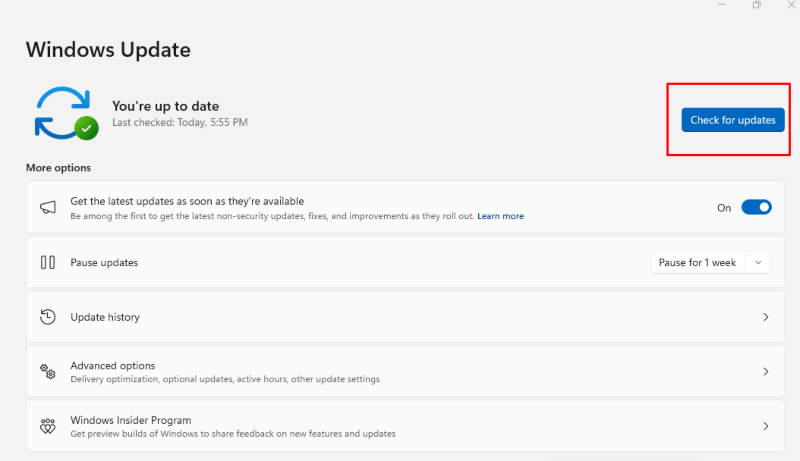
- Go to Settings > Update & Security > Windows Update.
- Click Check for updates. Installing the latest updates can fix bugs that affect the taskbar.
Check Drivers
Outdated or corrupted drivers can lead to various issues, including problems with the taskbar. It’s essential to keep your It’s sivers updated to ensure compatibility with the latest software and to maintain system stability.
This can often resolve hardware-related issues that might impact your taskbar’s performance.
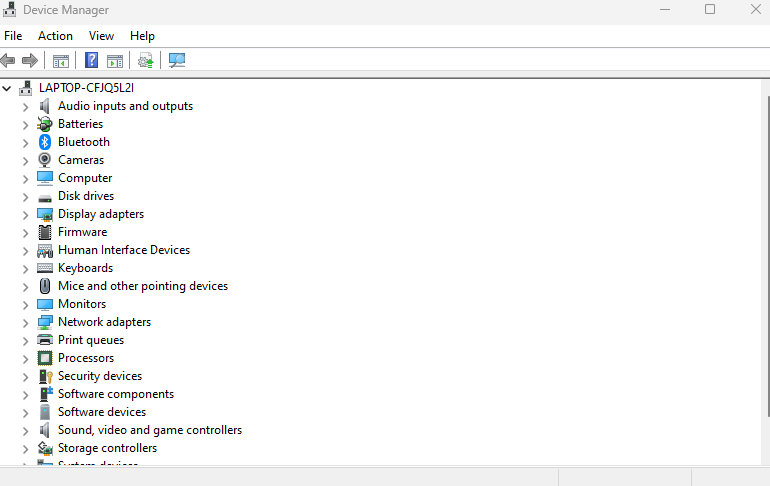
- Right-click the Start button and select Device Manager.
- Look for any devices with a yellow triangle indicating driver issues.
- Right-click and choose Update driver to ensure your hardware is functioning correctly.
Scan for Malware
Malware infections can significantly affect system performance and functionality, including the taskbar. Running a thorough scan with your antivirus software can help identify and eliminate any malicious programs causing the issue.
It’s essential to keep your antivirus software updated to ensure it can detect the latest threats.
To scan for malware:
- Open your antivirus software.
- Run a full system scan and follow any prompts to remove detected threats.
I recommend using a third-party malware scanner and protection tool like Fortect.
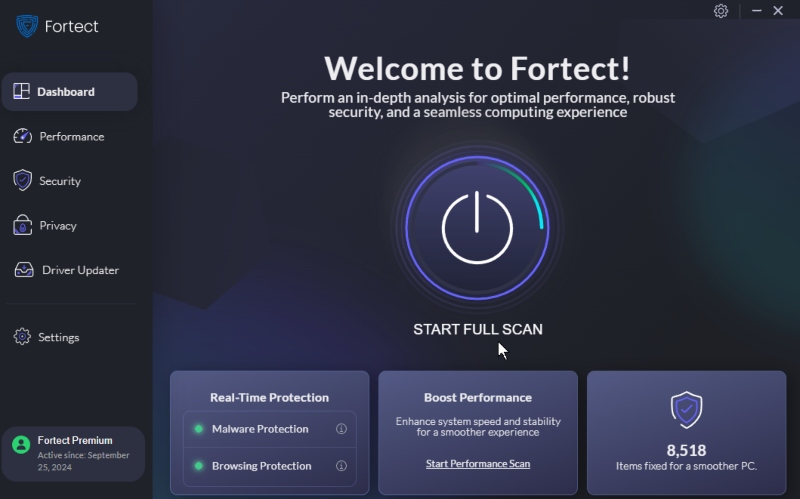
Fortect Premium automatically scans your Windows PC for issues, such as a malfunctioning taskbar, and checks for malware that may be causing the problem. It provides real-time notifications and removes any identified threats.
Download and install Fortect now.
Unhide the Taskbar
Sometimes, the taskbar might be set to auto-hide, making it seem like it’s not working. This function can be helpful, but you may think the toolbar is malfunctioning if activated unintentionally. Adjusting this setting can help you regain access to your taskbar.
To check if it’s hidden:
- Right-click the taskbar and select Taskbar settings.
- Toggle automatically hides the taskbar in desktop mode to turn it off.
Boot Windows 10 into Safe Mode
Booting into Safe Mode starts Windows with minimal drivers and services. This mode can help identify whether background programs or third-party applications are causing the taskbar issues. If the taskbar works fine in Safe Mode, it suggests that a third-party app might be interfering with its normal function.
To boot into Safe Mode, follow these steps:
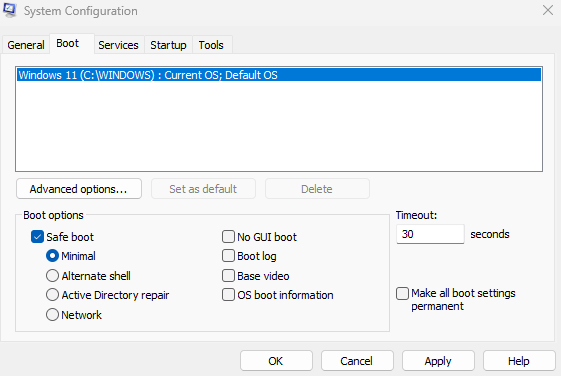
- Press Windows + R, type msconfig, and press Enter.
- Go to the Boot tab and check Safe Boot.
- Restart your computer. A third-party application may be the culprit if the taskbar works in Safe Mode.
Create a New Administrator Profile
A corrupted user profile can lead to various issues, including taskbar malfunctions. Creating a new profile allows you to test whether the problem relates to your current user account. If the taskbar functions correctly in the new profile, you may need to transfer your data and settings.
- Go to Settings > Accounts > Family & other users.
- Click Add someone else to this PC.
- Follow the prompts to create a new administrator account.
Perform SFC Scan
The System File Checker (SFC) tool scans for and repairs corrupted system files. If the related items have been damaged, this can help restore the taskbar’s functionality. Running this scan is a straightforward way to address potential underlying issues affecting your Windows installation.

- Open Command Prompt as an administrator.
- Type sfc /scannow and press Enter. This may take some time, but it can resolve underlying issues affecting the taskbar.
Re-register the Start Menu
Re-registering the Start Menu can restore functionality to various Windows features, including the taskbar. This process refreshes the associated applications and settings. If the taskbar is not working correctly, this step resolves the issue.
To re-register the Start Menu, follow these steps:
- Open PowerShell as an administrator.
- Enter the following command and press Enter:Get-AppXPackage -AllUsers | Foreach {Add-AppxPackage -DisableDevelopmentMode -Register “$($_.InstallLocation)\AppXManifest.xml”}
Do a System Restore
If you’ve recently changed your System, reverting to a previous state can help resolve issues. System Restore allows you to return to when the taskbar is functioning correctly. This option is handy if the problem arises after installing new software or updates.
To perform a System Restore, do the following:
- Type Create a restore point in the Windows search bar and open it.
- Click System Restore and follow the prompts to select a restore point.
Perform Windows Reset
If all else fails, resetting Windows may be your last resort. This process reinstalls the operating System, which can resolve deep-seated issues that more straightforward methods cannot. Depending on your preference, you can keep your files or remove everything.
To reset Windows, follow these steps:
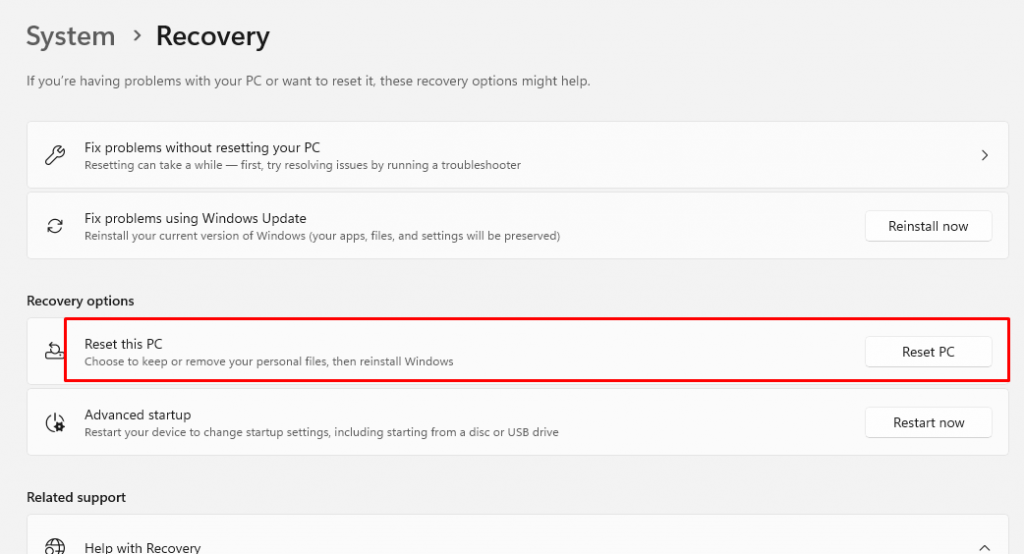
- Go to Settings > Update & Security > Recovery.
- Select Reset this PC and choose whether to keep your files or remove everything.
Conclusion
A non-functional taskbar can be frustrating, but you can resolve the issue with the proper troubleshooting steps. From restarting the Explorer process to performing a system reset, these methods should help restore your taskbar’s functionality.
Taskbars can also prevent future problems by updating your System and maintaining reasonable security practices. If you continue to experience issues, consider seeking professional assistance to ensure your Windows 10 system runs smoothly.




